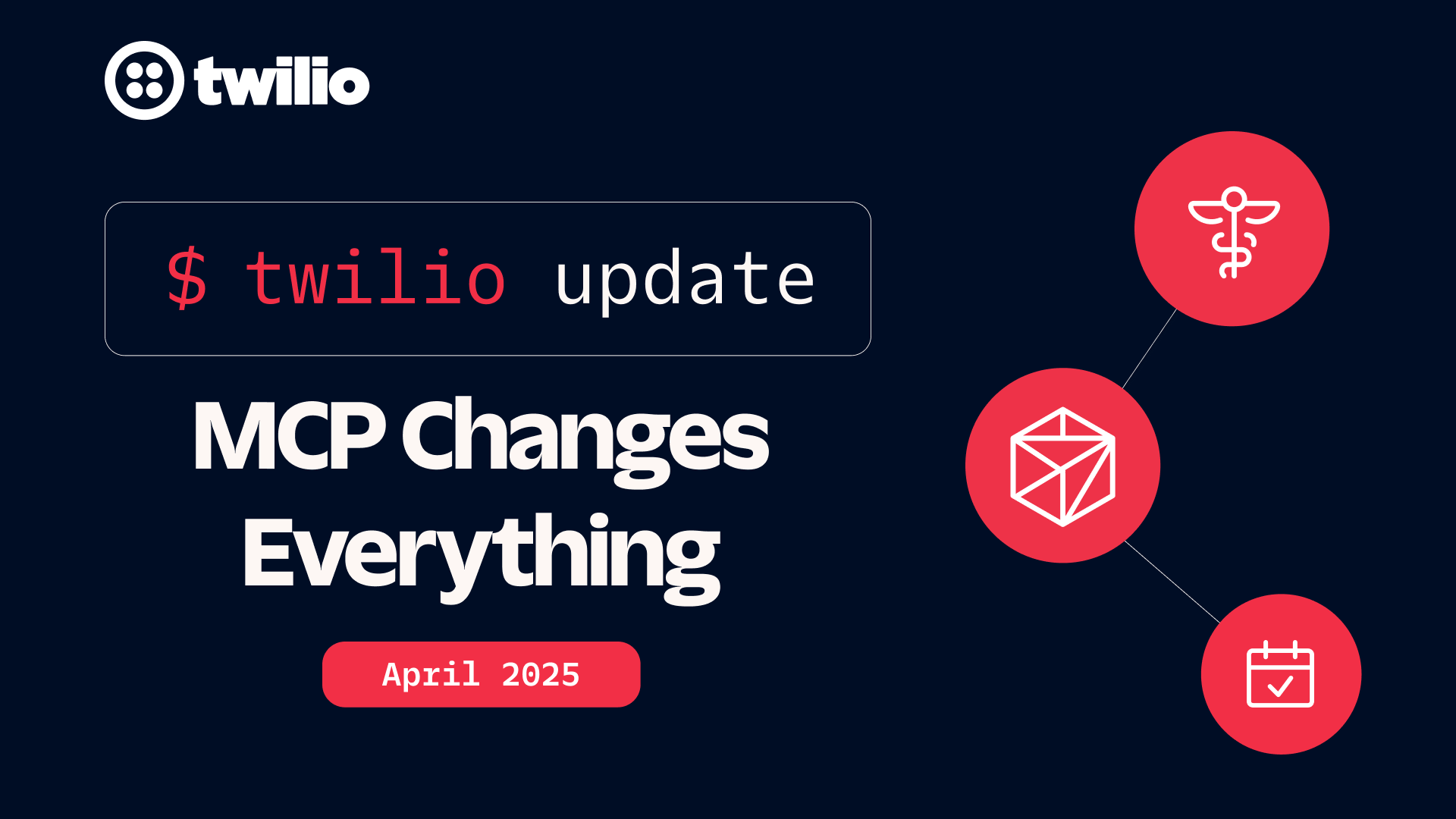Top 6 use cases for AI in contact centers

Time to read: 5 minutes
Top 6 use cases for AI in contact centers
AI is more accessible than ever, thanks to innovative tools like ChatGPT—and it’s not just a novelty.
Recent AI innovations have the potential to transform how we do business. Now, businesses must determine how to leverage AI to automate processes, increase efficiency, and serve customers better.
AI is particularly beneficial for contact centers, as it can help agents work more efficiently and improve the customer experience.
But how can you implement AI in your contact center? Let’s look at the top six use cases for contact center AI solutions and software.
First, we’ll start with an overview of AI capabilities for businesses.
What can AI do for businesses?
Business leaders in every industry are discussing what AI can (and can’t) do, and with these discussions also come concerns about AI’s potential to replace jobs.
But the true power of AI isn’t in replacing employees. It’s in the ability to enhance what employees can do for your customers and help them use their time more efficiently. For businesses to achieve this, there needs to be a clear strategy to incorporate AI, beginning with understanding its capabilities.
Let’s go over the core AI concepts most relevant to businesses:
- Machine learning uses algorithms to train AI systems to parse data, learn from it, and make predictions or decisions without explicitly programming a machine to perform a specific task.
- Natural language processing (NLP) enables machines to understand written or voice inputs and respond in a natural manner.
- Sentiment analysis is an NLP technique used to determine the sentiment of an input. Businesses can use it to categorize inputs and determine if the sentiment is favorable, unfavorable, or neutral.
- Generative pre-trained transformer (GPT) models (developed by OpenAI) can generate natural text through a predictive model. This means the system predicts the next word given the previous words in the text.
- Generative AI creates new content (such as images, text, or audio) by learning from existing data.
Want to dive a little deeper? Learn more AI terminology to understand this technology and how it works.
How to use AI solutions in your contact center
Now that you have a better understanding of basic AI functionality, let’s look at the top six use cases for contact centers.
1. Virtual agents
A virtual agent with NLP capabilities is ideal for a contact center, as it helps resolve customers’ questions and requests in a natural manner.
Most contact centers use tools like interactive voice response (IVR) and chatbots to help customers self-serve without a live agent. AI takes these rules-based tools to the next level by understanding customers’ inquiries and using historical data to resolve their issues.
For example, a traditional IVR takes callers through a standard menu of options, like “press 1 for scheduling, press 2 for billing,” and so on. But with AI integrations, businesses can develop more flexible, intelligent IVRs that automate up to 80% of self-service calls, using first-party data to get a holistic view of the customer, tailor a solution, and expedite a resolution.
Plus, AI can transform chatbots into robust conversational virtual agents that provide personalized support and resolve customer interactions effectively. That’s because these virtual agents can access and understand a customer’s previous interactions and use that data to serve them better.
2. Agent support
Thanks to AI, virtual agents can handle more customer requests than ever, but sometimes, there’s no replacement for human interaction. AI can help live agents work more efficiently and off-load some of their tasks so they can focus on those human interactions.
For example, Google Cloud’s Agent Assist surfaces contextual information and suggested responses to help live agents streamline interactions and reduce time to resolution. And when a virtual agent transfers the conversation to a live agent, Agent Assist carries over the context. This allows the live agent to pick up where the virtual agent left off without asking the customer to restate their questions or concerns.
Plus, Agent Assist analyzes customer intent and surfaces relevant resources like FAQ pages to help agents resolve inquiries faster. Finally, Agent Assist transcribes the conversation, relieving the agent of taking notes.
In short, AI support helps make live agents’ workdays more productive and removes manual tasks that can slow them down so they can spend more time on what they do best: supporting customers.
3. Text generation
AI tools like ChatGPT are effective in generating text responses to customer inquiries and speeding up the time to resolution for contact center agents.
For example, Twilio Flex—integrated with Segment—leverages ChatGPT to generate multiple suggested responses using customer data and conversation context. The agent can then choose the response best suited to the customer’s inquiry and send it seconds later.
Additionally, ChatGPT can generate a summary of the interaction and save it to the customer’s profile for other team members to view the conversation and tailor their customer outreach or support accordingly.
4. Real-time translation
Translation AI can enable contact centers to provide real-time, omnilanguage support even when the agent doesn't speak the customer’s preferred language.
Integrating a translation tool like Lionbridge Language Cloud into your contact center allows you to achieve this. Lionbridge employs AI-based neural machine translation to translate customer input and agent responses in real time, creating a seamless conversation across languages.
For example, say a customer initiates a live chat session and types their question in Portuguese, but the agent doesn’t speak Portuguese. Lionbridge translates the customer input in real time and shows the agent the original message and the translation on their dashboard. Then, the agent types a response in English, and the AI tool translates it and sends the response in Portuguese to the customer.
This AI integration allows businesses to give customers tailored support globally, improving customer retention.
5. Quality assurance and call insights
Contact centers get an average of 4,400 calls monthly, so supervisors can’t realistically listen to every call recording or read every transcript to measure call quality and agent performance. But AI can.
Leveraging AI integrations with NLP, like Google Cloud Contact Center AI, contact centers can review calls or transcripts and identify common issues and customer sentiment. Then, supervisors can use this insight to:
- Score calls based on customer sentiment.
- Identify common customer questions and topics.
- Classify and search conversations based on keywords.
Plus, Google CCAI Insights can flag conversations with potential regulatory risks, enabling compliance teams to analyze these insights and improve contact center compliance.
6. Predictive analysis
Pairing AI tools with customer data can give businesses deeper insights into customer preferences and help predict customer behavior for more tailored solutions.
But to get the most out of your AI integrations, you need to give your AI tools high-quality data.
For example, Flex Unify (currently in private beta) will unify customer data across channels to create a “golden customer profile” that updates in real time. This, combined with Twilio’s CustomerAI tools, can help you generate predictive insights, such as the likelihood of a customer making a purchase based on their shopping history, browsing history, and customer service interactions. Then, virtual agents or live agents can leverage these insights to provide highly personalized support.
Integrate contact center AI with Twilio Flex
You don’t need to create AI solutions to bring this technology into your contact center. Instead, leverage integrations with available AI software to unlock new contact center capabilities.
But to do this, you need the right contact center platform that integrates seamlessly with available AI software. Enter Twilio Flex.
Flex offers integrations with contact center AI solutions that help you increase efficiency and support customers and agents, including:
- OpenAI (including ChatGPT)
- Google Cloud CCAI
- Amazon SageMaker
- And more
Related Posts
Related Resources
Twilio Docs
From APIs to SDKs to sample apps
API reference documentation, SDKs, helper libraries, quickstarts, and tutorials for your language and platform.
Resource Center
The latest ebooks, industry reports, and webinars
Learn from customer engagement experts to improve your own communication.
Ahoy
Twilio's developer community hub
Best practices, code samples, and inspiration to build communications and digital engagement experiences.

